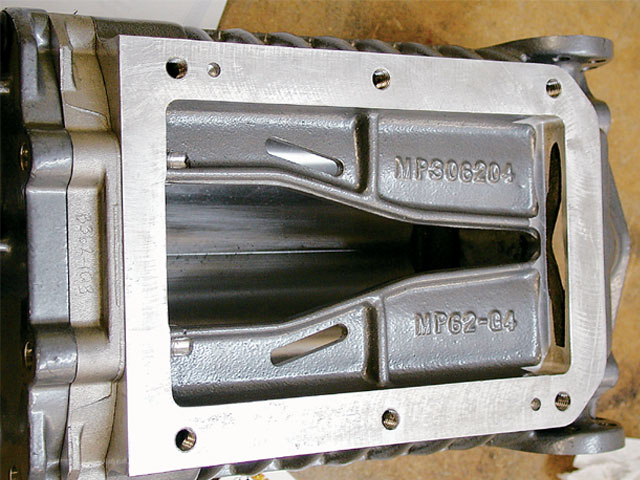The newer Eaton MP blower no longer uses a simple triangle for a discharge port, like this shown on an older M62

But now resembles a NACA duct, like this MP62:

1. is this correct?
2. not only is the area different (perhaps smaller) and L/W ratio far different, and covers a different proportion of the exposed rotors, but it doesn't have a floor? How does this work?

But now resembles a NACA duct, like this MP62:

1. is this correct?
2. not only is the area different (perhaps smaller) and L/W ratio far different, and covers a different proportion of the exposed rotors, but it doesn't have a floor? How does this work?
